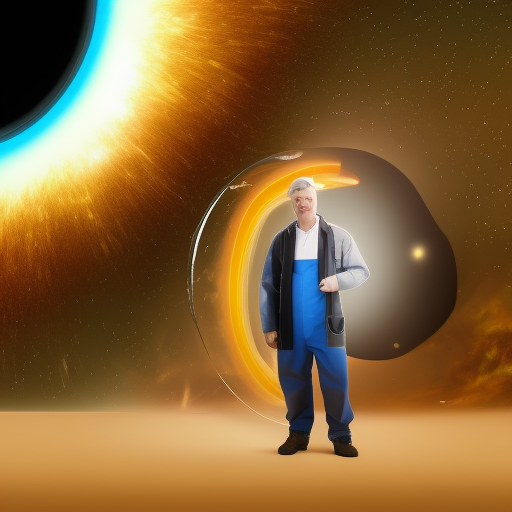
Black holes are astronomical objects with gravitational forces so strong that nothing, not even light, can escape their pull. They form naturally when massive stars collapse under their own gravity at the end of their life cycle. The idea of artificially creating a black hole, although theoretically possible, is a highly challenging and complex task, requiring extraordinary technological advances and a deep understanding of the underlying physics. The creation of an artificial black hole could have profound implications for scientific research and various technological applications.
Will an artificial black hole be created before January 1st, 2040?
Resolution criteria:
This question will resolve to "YES" if, before January 1st, 2040, an artificial black hole is publicly and credibly documented to have:
Been created using a controlled, artificial process that does not involve the natural collapse of a massive star.
Exhibited the defining characteristics of a black hole, including an event horizon, a region within which the escape velocity exceeds the speed of light, and a singularity, where the mass of the black hole is concentrated.
Been stable and sustained for a period of at least 72 hours, allowing for observation and study of its properties.
Been created and contained in a manner that ensures the safety of surrounding environments, including any potential effects on Earth or other celestial bodies.
A successful demonstration must be accompanied by:
A publicly accessible report or documentation describing the artificial black hole, the process used for its creation, its properties, and any safety measures implemented.
Independent validation of the results by at least two separate entities with expertise in astrophysics, general relativity, or related fields. These entities can be research groups, institutions, or companies.
The publication of the findings in one or more peer-reviewed scientific journals, detailing the creation of the artificial black hole and its observed properties.
Observational data or evidence, such as gravitational wave measurements, X-ray or gamma-ray emissions, or other signatures consistent with the presence of an artificial black hole.
I will use my discretion when resolving this question, possibly in consultation with experts.